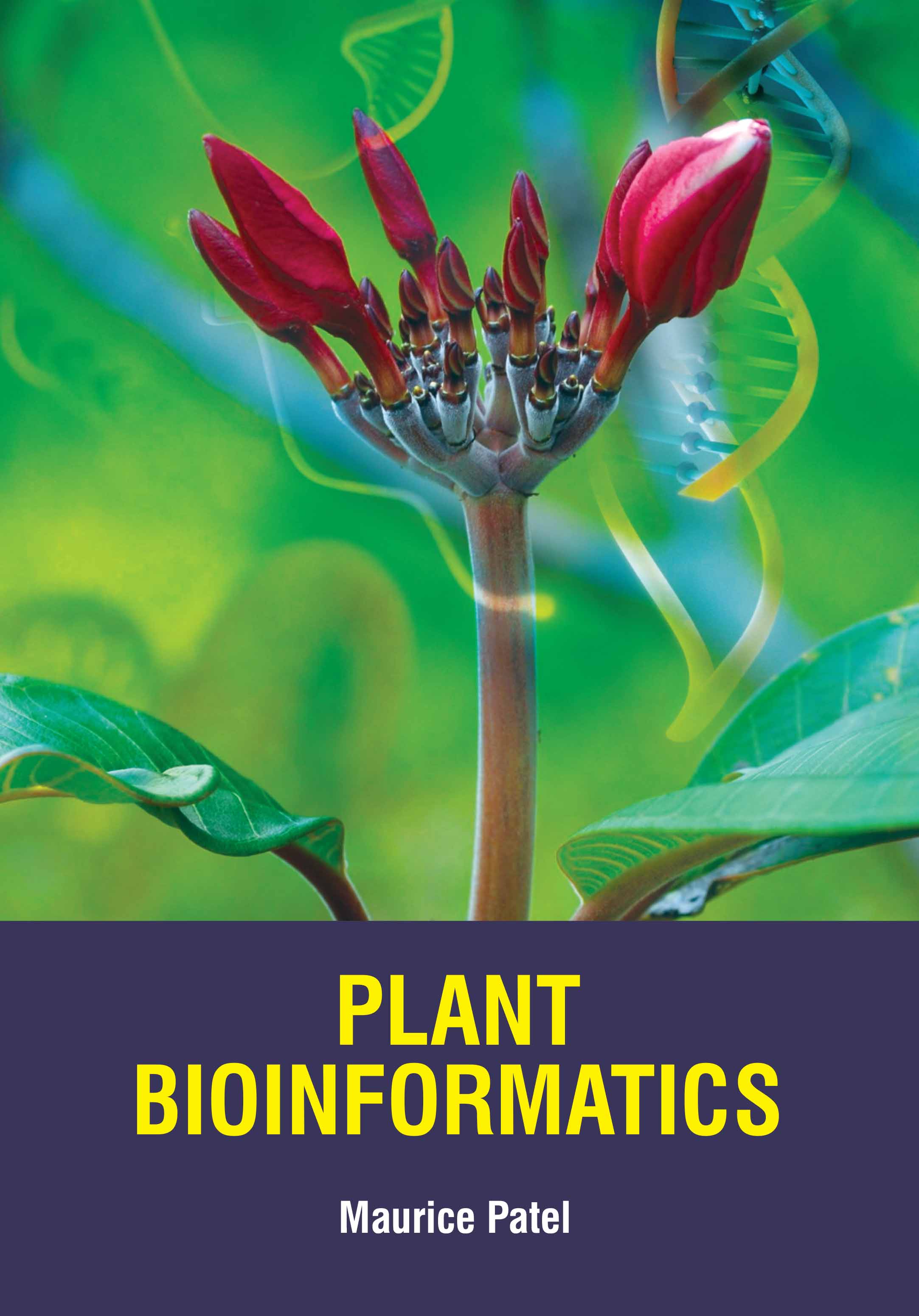About This Book
Food Packaging Technology refers to the methods and materials used to enclose food products for
protection, preservation, and distribution. It plays a crucial role in maintaining food safety, extending
shelf life, and providing essential product information. Advances in packaging technology have led to
the development of smart and active packaging systems that not only contain food but also interact with
it to monitor freshness, control microbial growth, and enhance quality. Traditional materials like glass,
metal, and plastic are now being supplemented or replaced by biodegradable and eco-friendly
alternatives to reduce environmental impact. Modern food packaging also incorporates innovations
such as modified atmosphere packaging (MAP), vacuum sealing, and nanotechnology-based films that
improve barrier properties. Packaging is no longer just about containment-it is an integrated system that
ensures food reaches consumers in the best possible condition while complying with regulatory
standards. It also plays a critical role in branding and marketing, using visual design and labeling to
attract buyers and communicate nutritional and safety information. As consumer demand for
convenience, sustainability, and transparency grows, food packaging technology continues to evolve,
offering smarter, safer, and more sustainable solutions to meet global food supply challenges. Food
Packaging Technology explores the science, materials, and innovations used to protect, preserve, and
present food products efficiently and safely.
Contents: 1. Food Packaging, 2. Food Packaging Design, 3. Essentials of Food Packaging and Nutritional
Labeling, 4. Food Quality and Safety, 5. Advanced Packaging Solutions for Meat: Fresh and Processed
Varieties, 6. Packaging Materials for Chilled Fish, 7. Trends and Technologies in Modern Packaging for
Food and Drinks.

